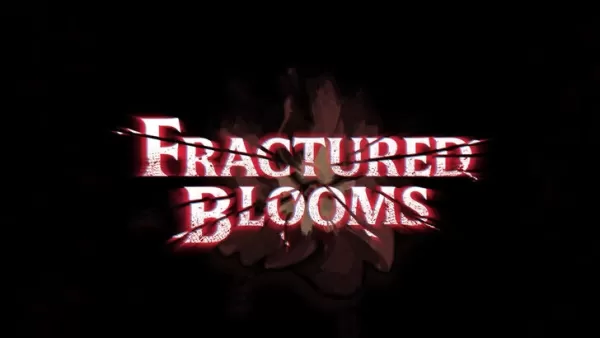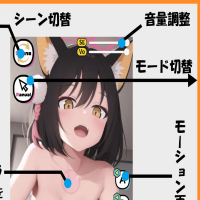Using crops to craft artisan goods is one of the most lucrative strategies in Stardew Valley. While players often set up extensive facilities for producing Jelly and Wine at higher levels, Preserves Jars are accessible early in the game, offering significant benefits even to beginners.
Preserves Jars open up a world of possibilities for players, allowing them to create a range of artisan goods that boost their earnings from fruits and vegetables. These jars are also crucial for making Fish Ponds more profitable. Here's a comprehensive guide on how to use Preserves Jars to their full potential in Stardew Valley.
Updated January 11, 2025, by Demaris Oxman: With Stardew Valley's 1.6 update, farmers now have the exciting option to pickle a wider variety of items. From common foraged items like Dandelions to rare treasures like Purple Mushrooms, these can now be transformed into valuable goods using Preserves Jars. This guide has been updated to reflect these new opportunities for foragers and artisan good enthusiasts.
Where To Get Preserves Jars In Stardew Valley
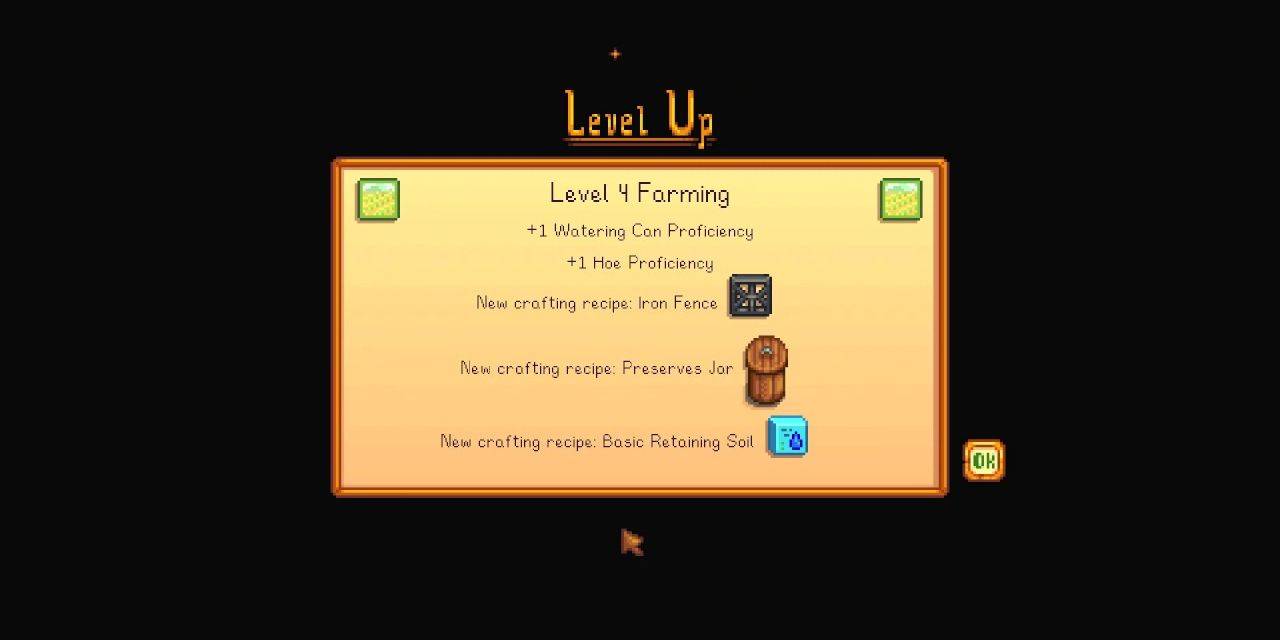
The recipe for crafting a Preserves Jar becomes available once you reach Farming Level 4. You'll need the following materials:
- 50 Wood
- 40 Stone
- 8 Coal
These materials are easy to come by, making the Preserves Jar an excellent choice for quickly boosting your artisan goods production. Wood can be obtained by chopping down trees, Stone by breaking rocks with a pickaxe, and Coal by mining or defeating dust sprites in the Mines.
In addition to crafting, you can earn a Preserves Jar by completing the Quality Crops Bundle (or the Rare Crops Bundle if you're playing with remixed bundles) at the Community Center. You might also find one at the Prize Machine in Mayor Lewis' house.
What Are Preserves Jars Used For In Stardew Valley?
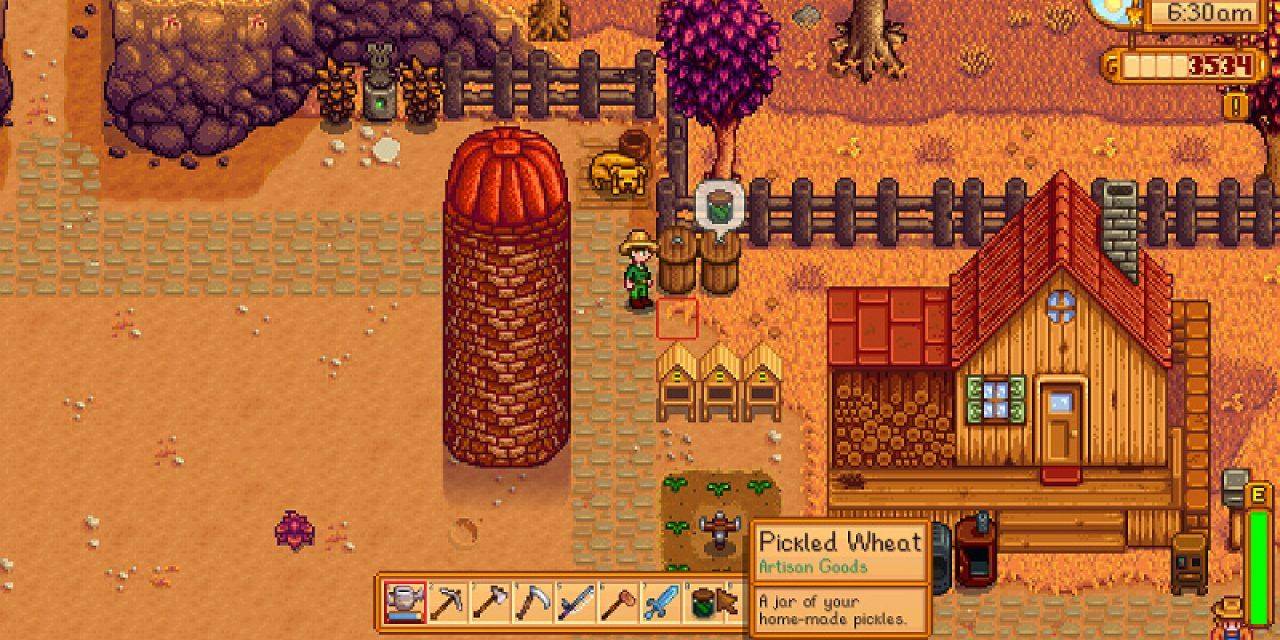
Preserves Jars can transform various items into artisan goods, each with its own unique benefits. If you choose the Artisan profession at Farming Level 10, you'll enjoy a 40% increase in the sale price of these products.
| Item | Product | Sell Price | Health/Energy | Processing Time |
|---|---|---|---|---|
| Fruit |  Jelly Jelly | 2x (base fruit value) + 50 | For edible fruit: 2x base fruit energy and health For inedible fruit (e.g., Coconut): Health: 0.5x base fruit value, Energy: 0.225 base fruit value | 2-3 in-game days |
| Vegetable, Mushroom, or Forage |  Pickles Pickles | 2 x (base item value) + 50 | For edible items: 1.75x base item energy and health For inedible items (e.g., Pumpkin): Energy: 0.625x base item value, Health: 0.28125 base item value | 2-3 in-game days |
| Sturgeon Roe |  Caviar Caviar | 500g | 175 Energy, 78 Health | 4 in-game days |
| Any Other Fish Roe |  Aged Roe Aged Roe | 60 + (base fish price) | 100 Energy, 45 Health | 2-3 in-game days |
Only Mushrooms and Forage items that provide positive energy when eaten, like Chanterelle or Winter Root, can be pickled. Poisonous items such as Red Mushroom and Holly cannot be used.
The sell price of the artisan goods is calculated based on the base value of the item, not considering its quality. Therefore, using lower-quality produce in Preserves Jars maximizes profit. For instance, Jelly made from a gold-quality Apricot will have the same value as one made from a regular Apricot.
Preserves Jars or Kegs?
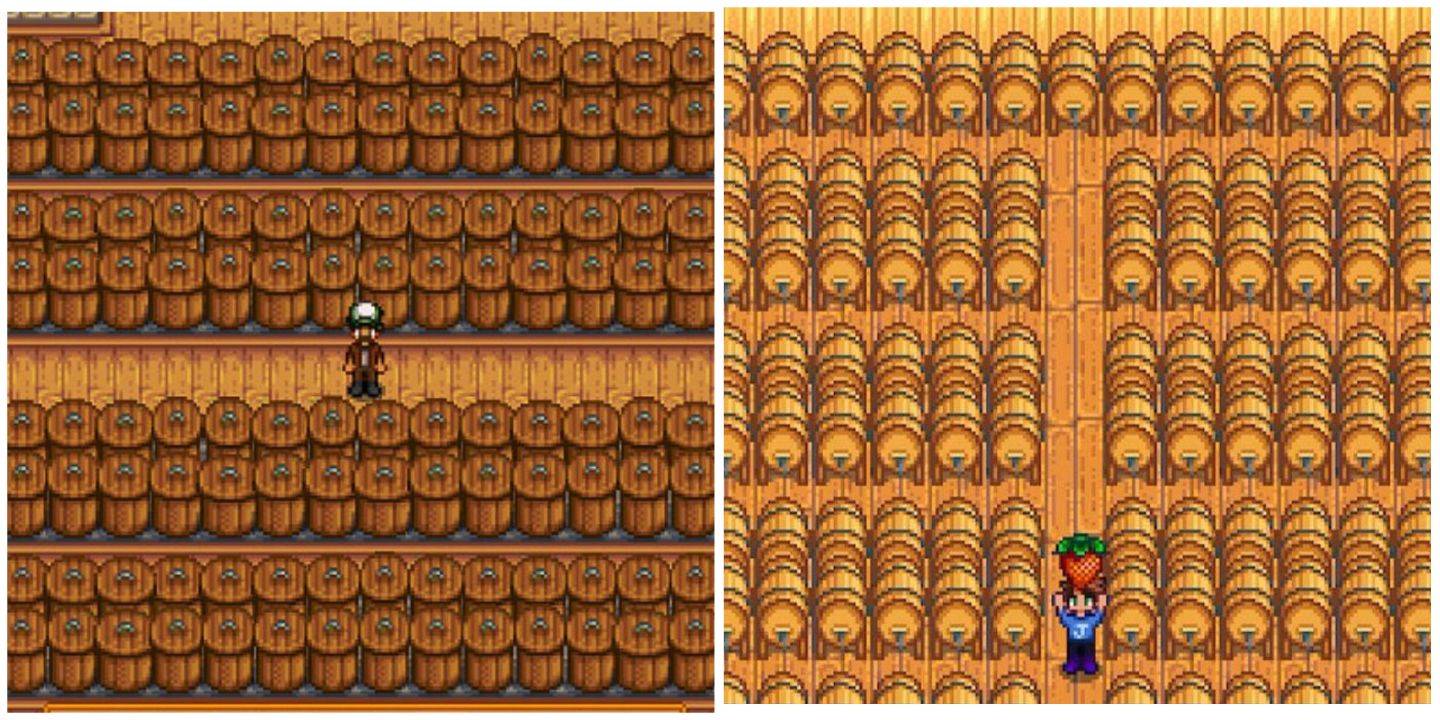
When deciding between Preserves Jars and Kegs, consider that Preserves Jars are more profitable for fruits with a base value under 50g and vegetables/forage items under 160g. Additionally, Preserves Jars process goods faster than Kegs. High-yield, low-value crops like Eggplants, wild berries, Corn, and Tomatoes are ideal for making Jelly and Pickles.
Preserves Jars are unique in that they're the only way to turn Fish Roe into artisan goods, making them essential for Fish Pond setups. Mushrooms, which can't be processed in Kegs, can be pickled in Preserves Jars or dehydrated, with the former typically yielding a higher profit margin.



